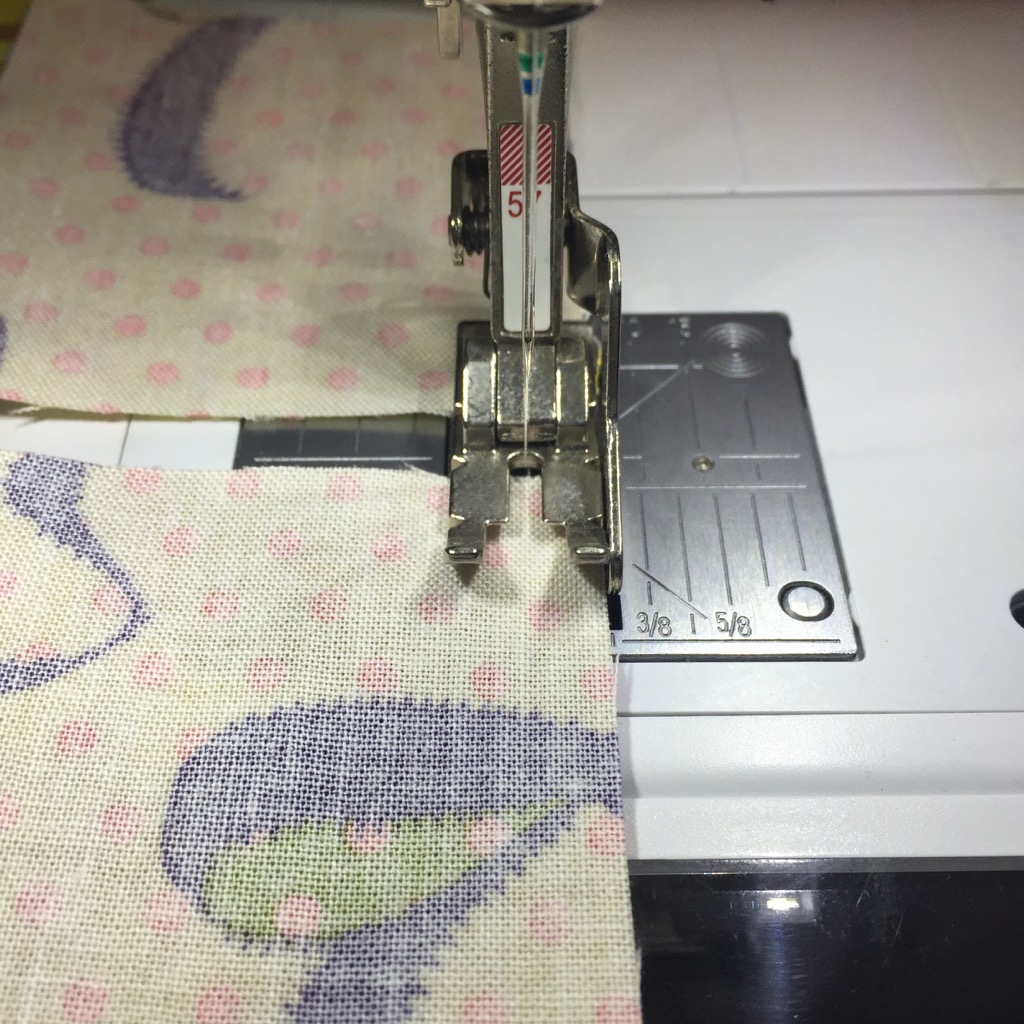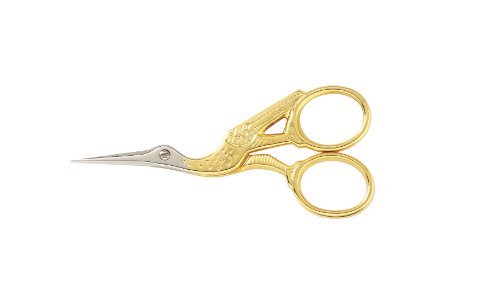Last night I wanted to sew while Luke was in his room and supposed to be sleeping (but he wasn't). I wanted to keep it quiet so he'd be less interested in what I was doing so I turned the speed on my sewing machine down to it's slowest setting. And then a memory popped into my head of the very first day I got this sewing machine.
My local quilt shop was having a huge one day sale on sewing machines so I could get a great price on exactly the one I had my eye on. The needle timing had gone off on my old Singer Touch and Sew that I got from my grandmother and getting it fixed was going to cost more than the whole thing was worth if it was working, so a replacement was the obvious choice. My husband had to work the same hours as the sale so I rounded up my dad to help with the heavy lifting because I was very pregnant and not up for wielding a heavy box or a bulky box much less a heavy and bulky box.
My dad wanted to make sure I got it set up and working in case I needed help taking it back to the store. I started sewing. On the slowest setting.
My dad asked me why I didn't just turn up the speed and I said I didn't feel the need to go any faster. And my dad said something like, "you'd sew as fast as you could all the time if you worked in a sweat shop."
I'm pretty grateful I don't work in a sweat shop. I think my dad is pretty grateful I don't have to work in a sweat shop.
“Sewing slowly is a privledge.”
I'm chronically behind on any sort of stitch-a-long or quilt-a-long I've ever tried to participate in. On a good day I do maybe an hour and a half of sewing. I haven't finished any major project in the year and a half since my son was born. But I've started plenty of new ones.
And that's ok.
It's a luxury that I don't have to sew as fast as I can 8 hours a day or more to make a living for my family. It's a luxury that I can make clothes for them if I so desire but I absolutely don't have to.
Slow sewing and "being behind" reminds me that I'm sewing for pure pleasure.



















